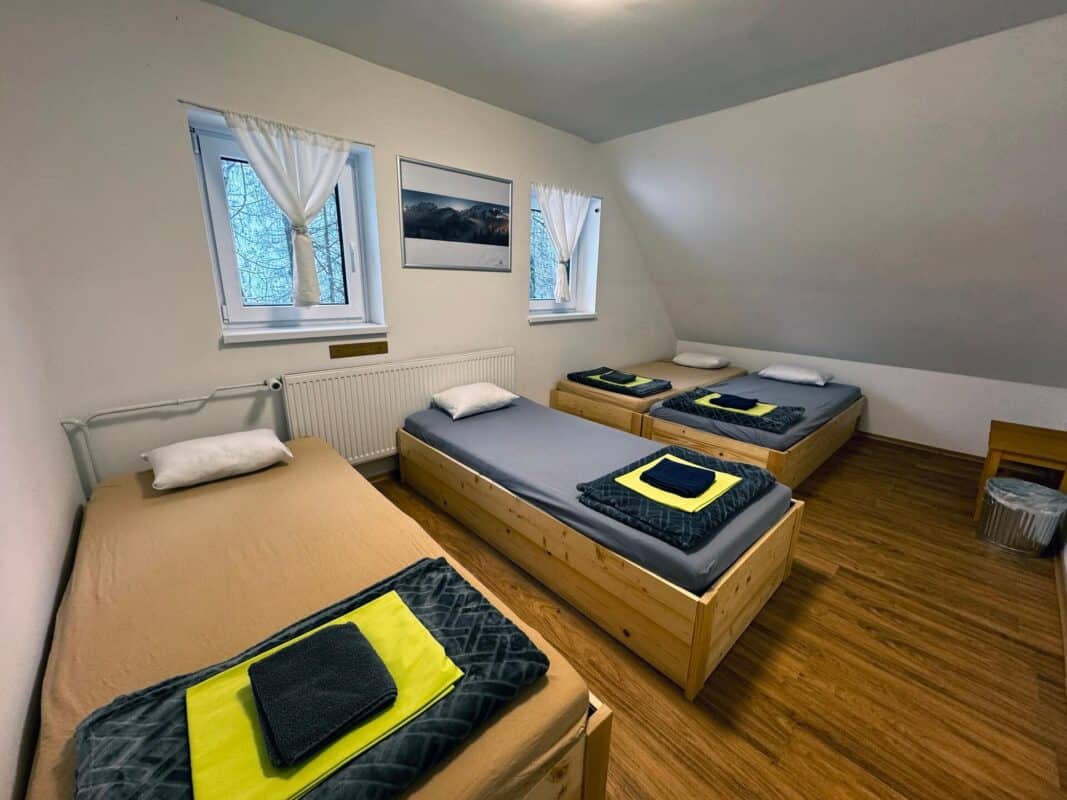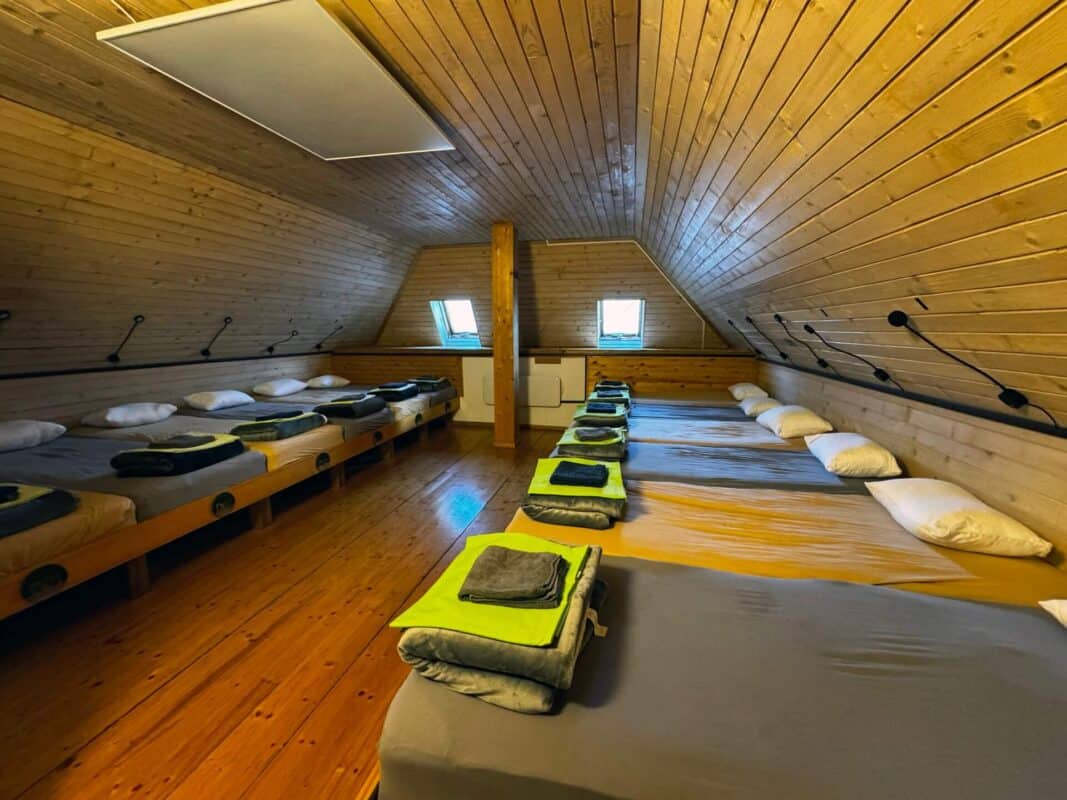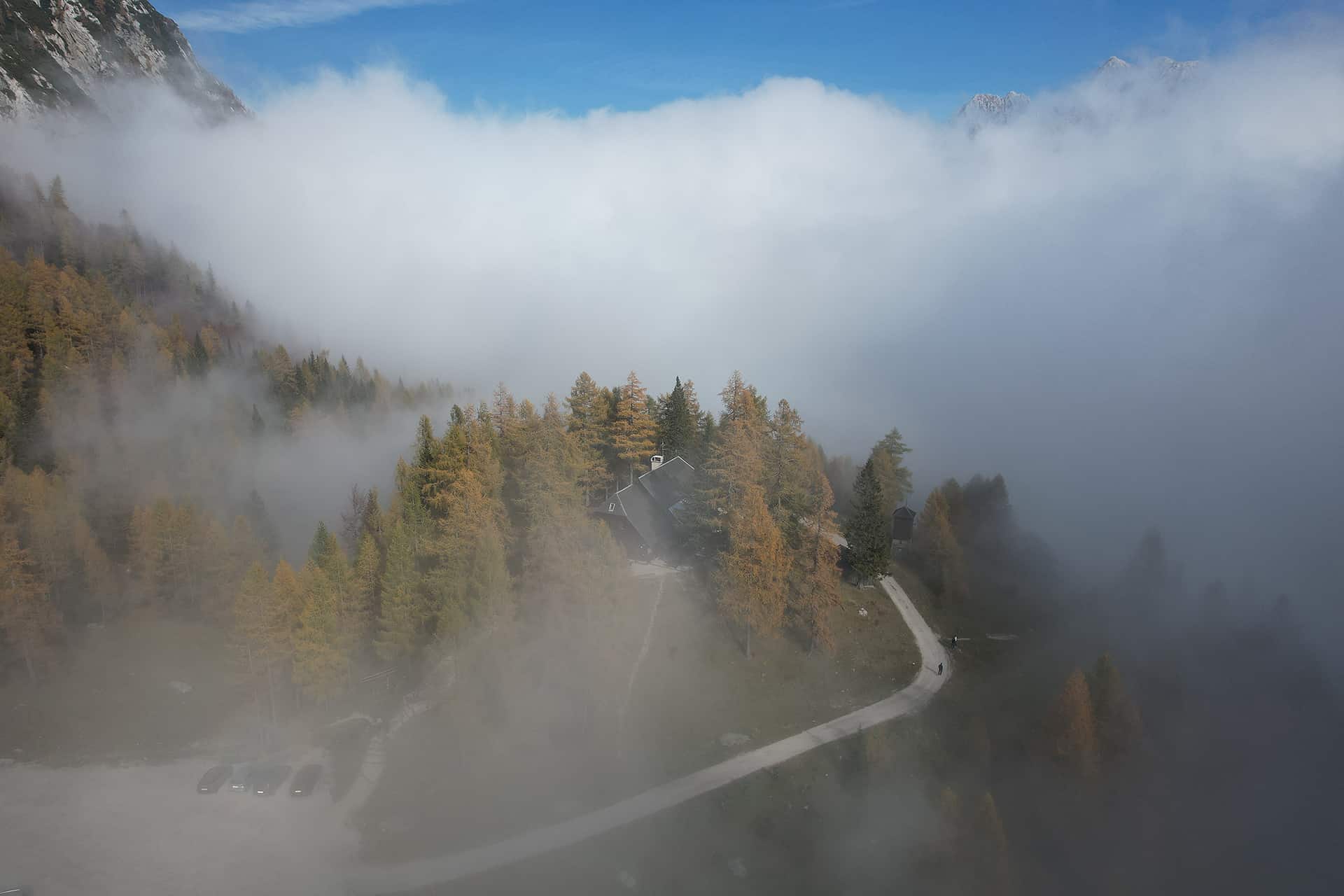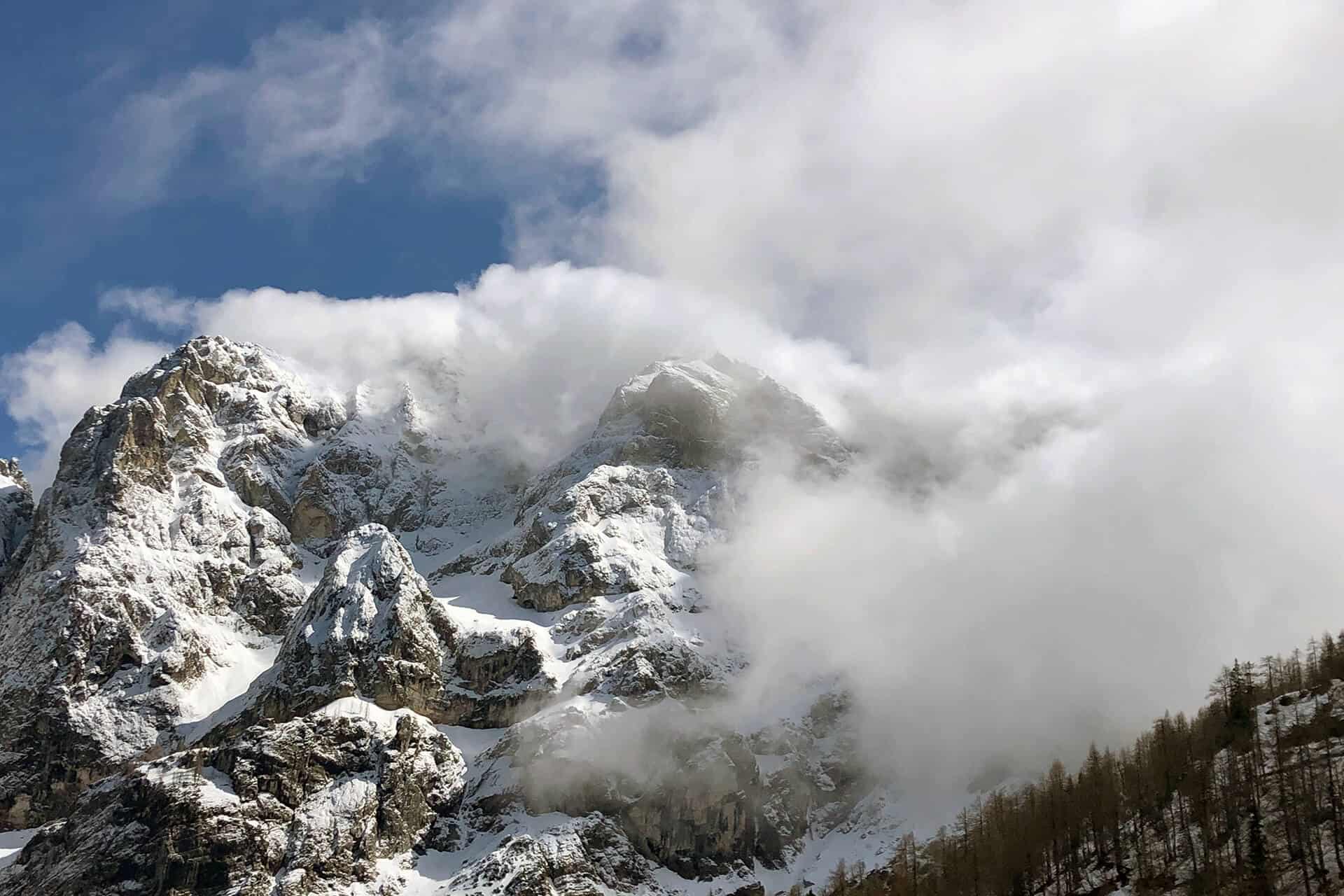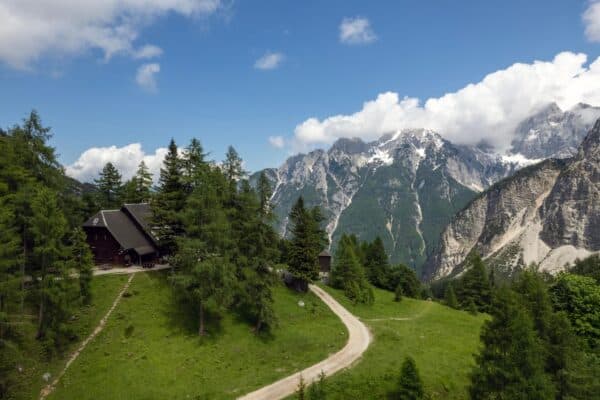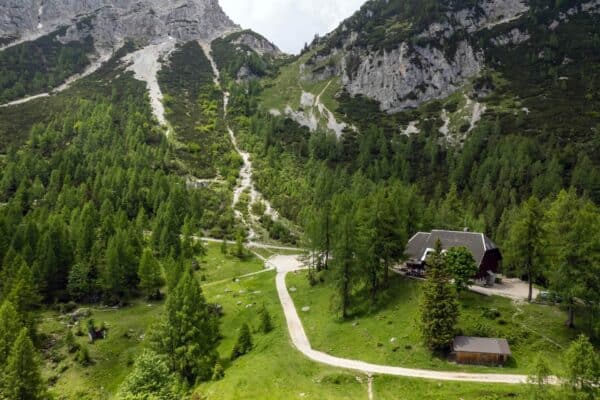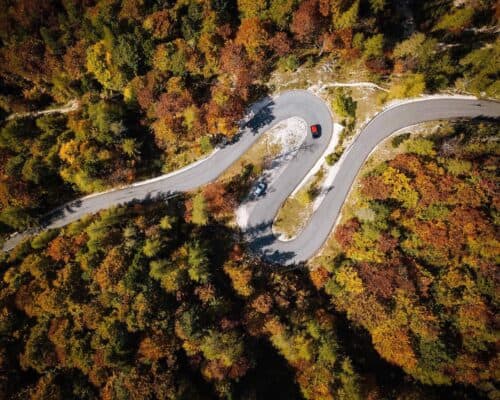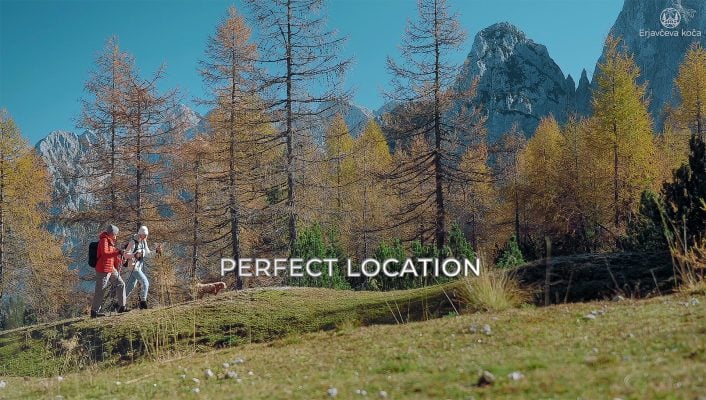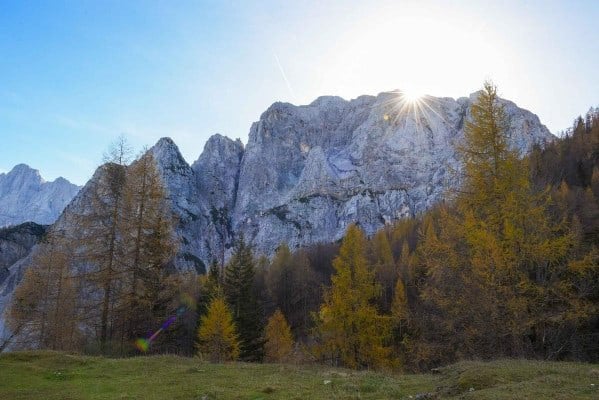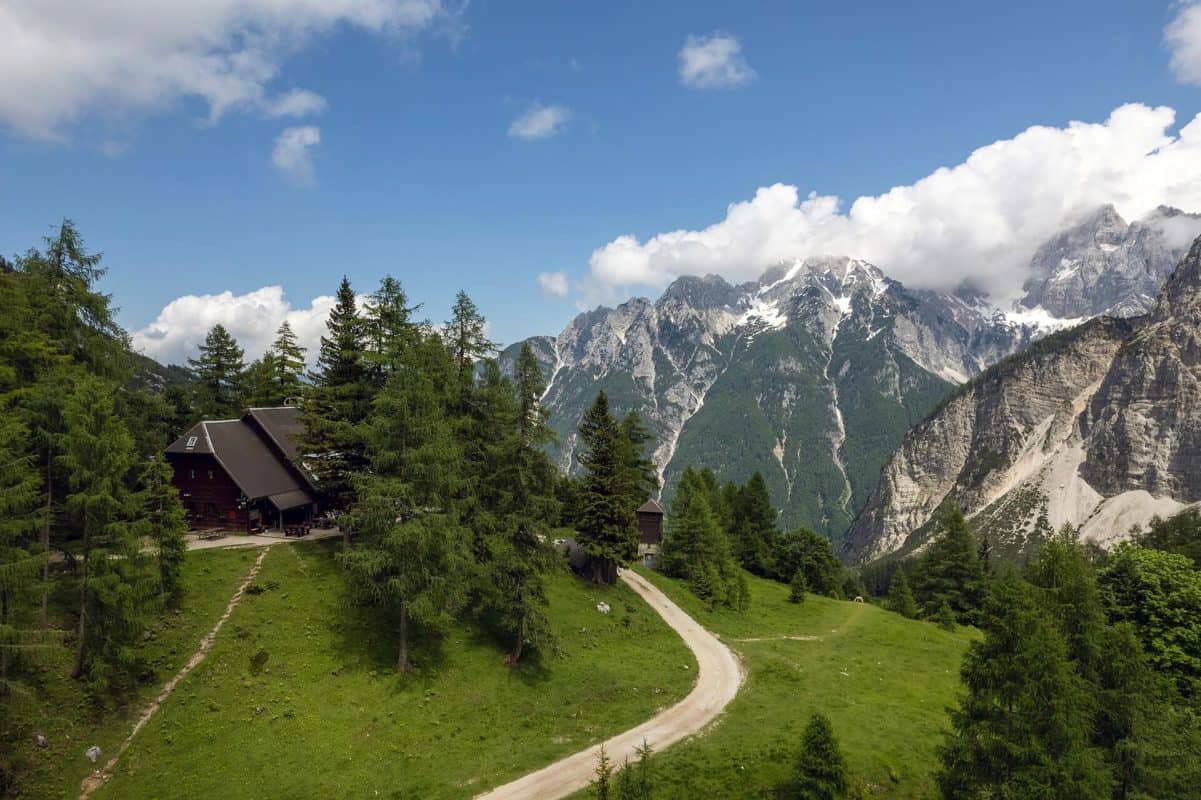Mountain huts, also known as mountain shelters or alpine huts, have undergone significant changes over time to adapt to evolving needs, technological advancements, environmental concerns, and shifting trends in outdoor recreation. Here are some of the key ways in which mountain huts have changed over time:
The times of mountain huts are changing
Modernisation and Infrastructure:
Improved Facilities: Many mountain huts have modernised their facilities to provide electricity, running water, heating, and indoor toilets. These upgrades enhance comfort and convenience for visitors.
Accessibility: Accessibility has improved by constructing better roads, trails, and transportation options, making mountain huts more reachable to a broader audience, including families and individuals with disabilities.
Technology Integration: Some mountain huts now incorporate technology, including solar panels for energy generation, Wi-Fi connectivity, and online booking systems for reservations.
Environmental Sustainability:
Green Initiatives: Mountain huts increasingly implement eco-friendly practices to minimise their environmental footprint. This includes waste management systems, recycling programs, and sustainable building materials.
Off-Grid Solutions: To reduce reliance on traditional energy sources, some mountain huts are adopting off-grid solutions such as solar power, rainwater harvesting, and composting toilets.
Safety and Emergency Services:
Improved Safety Measures: Mountain huts enhance safety measures, including emergency communication systems, first aid facilities, and trained staff to respond to emergencies.
Weather Monitoring: Some mountain huts are equipped with weather monitoring systems to provide up-to-date forecasts and warnings to visitors, helping them make informed decisions about their activities.
Cultural and Recreational Offerings:
Cultural Programs: Many mountain huts host cultural events, educational programs, and workshops to promote local heritage, traditions, and environmental conservation.
Recreational Activities: Mountain huts now offer a more comprehensive range of recreational activities, including guided hikes, mountaineering courses, and outdoor adventure programs catering to diverse interests and skill levels.
Sustainability and Economic Viability:
Business Models: Mountain huts are exploring sustainable business models to ensure long-term viability. This includes diversifying revenue streams, promoting local products, and collaborating with stakeholders in the tourism industry.
Community Engagement: Engaging with local communities and stakeholders is becoming increasingly crucial for mountain huts to foster positive relationships, address community concerns, and contribute to local economies.
Overall, mountain huts continue to evolve to meet visitors’ changing needs and expectations while embracing sustainability, safety, and environmental stewardship. As outdoor recreation and tourism continue to grow, mountain huts will play a vital role in providing safe, comfortable, and memorable experiences in natural settings.
![]()
![]()
![]()
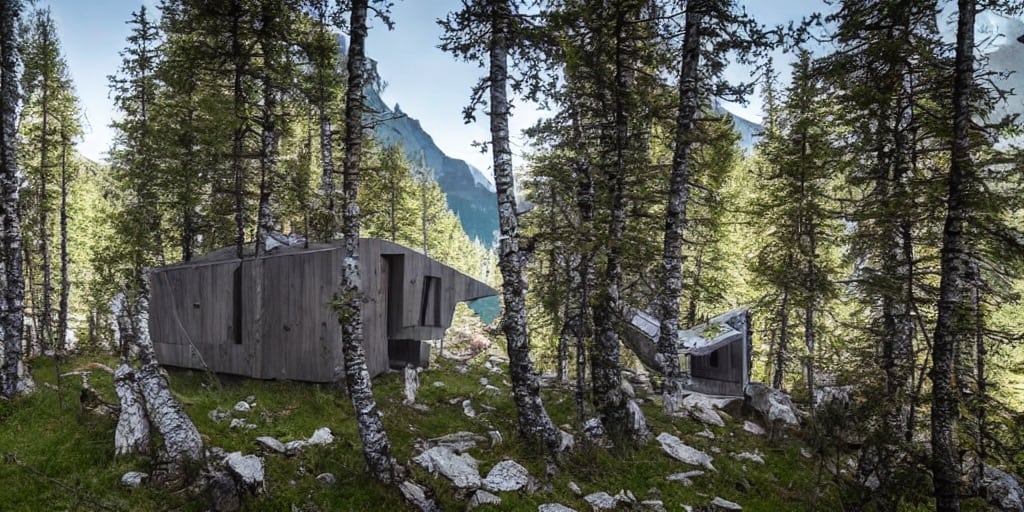

 English
English
 English
English
 Dutch
Dutch
 English
English
 English
English
 Dutch
Dutch
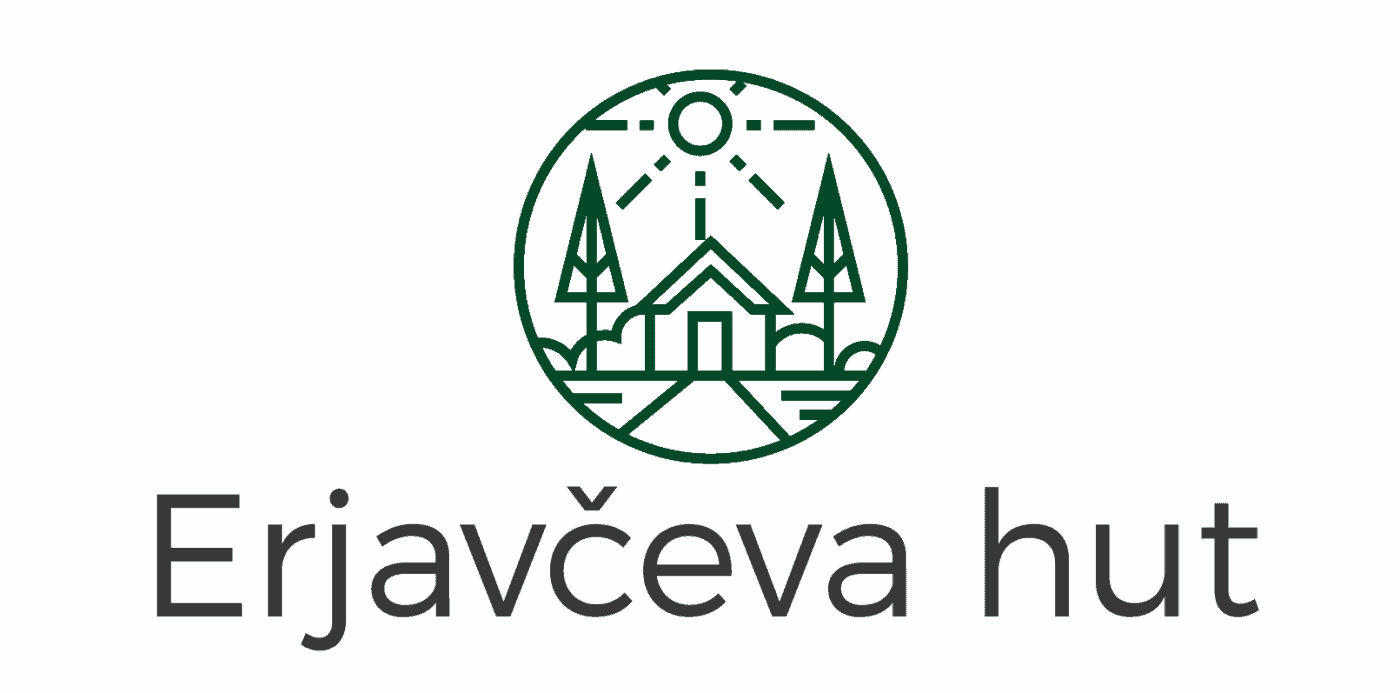

 Deutsch
Deutsch